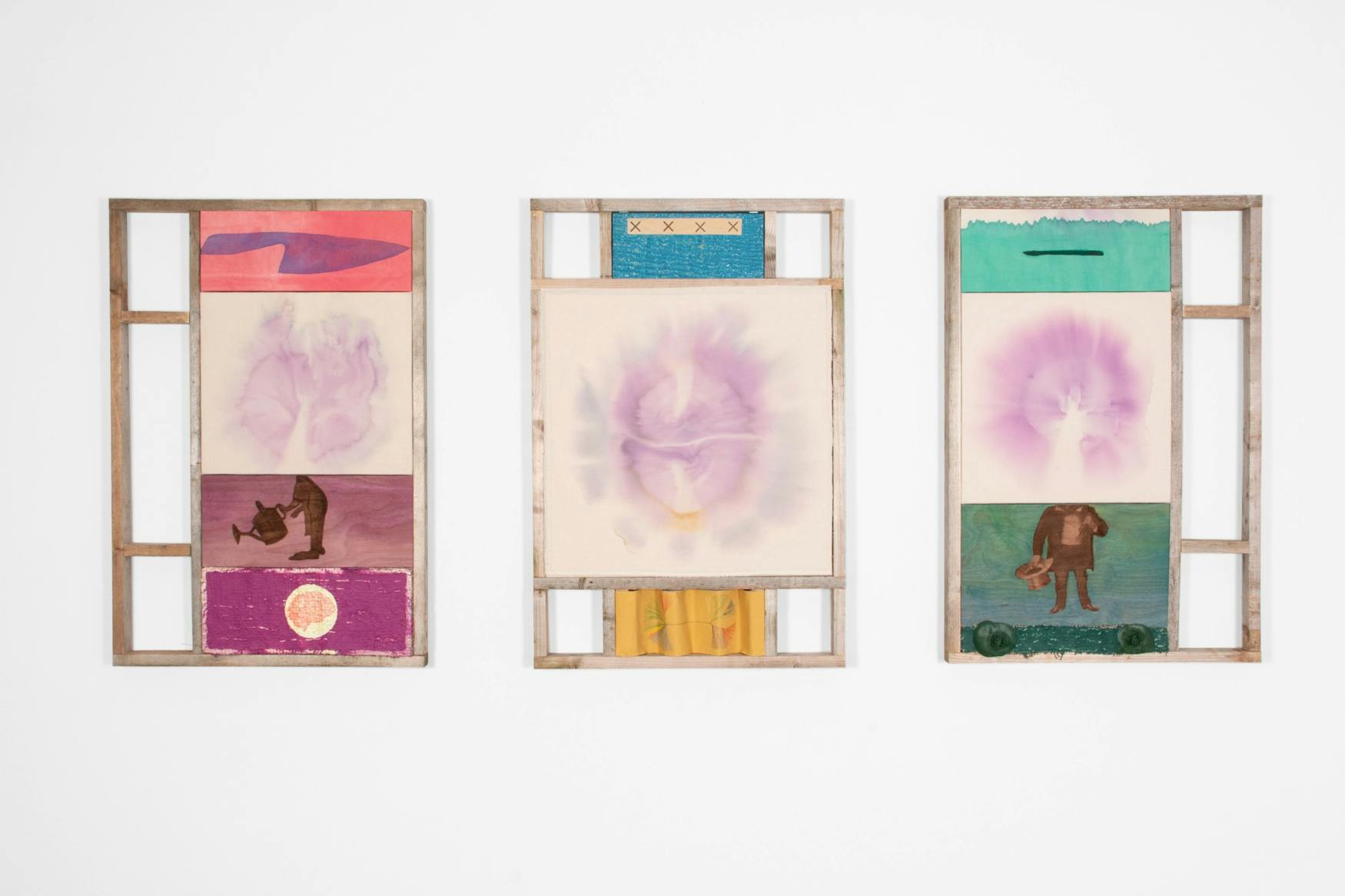Spotlight on the Kniznick Gallery 02/11/2020
For most people, plants are a symbol of nature — both peaceful and calm. Along those lines, with a few exceptions, plants are often portrayed in a positive light and sometimes as a symbol for good. Flowers, for example, represent beauty and preciousness. To name another, trees embody wisdom and gentleness. Even grass is often seen as the representation of life and resilience. However, as much as we love to personify different types of plants, there is a fundamental difference between the way we see plants and the way we see animals. Despite the fact that both are treated as life, many people don’t see humans and plants as having much similarity. In “Making Kin (With Self and Other),” S.E. Nash mixes human bodies, brain images and natural coloring, creating a set of images that are slightly disturbing but fascinating at the same time.
The piece contains three sets of frames. The ones on the left and the right, from bottom to top, feature an image of a component of the human body (a brain — an organ of animals — and a cell — the basic unit of life that make up organs), an image of a human figure without the part above the neck, a large color dyeing of what seems to be the image of a brain and some sharp object.
Each portion of the frames seem to be rather normal. The human figure on the left is even in the motion, watering a plant. However, when you put all four parts together, the frames become three operation tables, and the pictures formed surgeries over the cartoon figures. The resemblance between the shape of a brain and the watermark of the purple cabbage coloring shows that, maybe under the surface, we are not as different from the rest of nature as we thought.
Of course, my high school biology knowledge has largely faded, and I have no intention to start a debate about the genetic similarity and differences between humans and cabbage. If you feel strongly about the points I just made, feel free to check out the Krautsourcing exhibition at the Kniznick Gallery in the Women’s Studies Research Center.



Please note All comments are eligible for publication in The Justice.